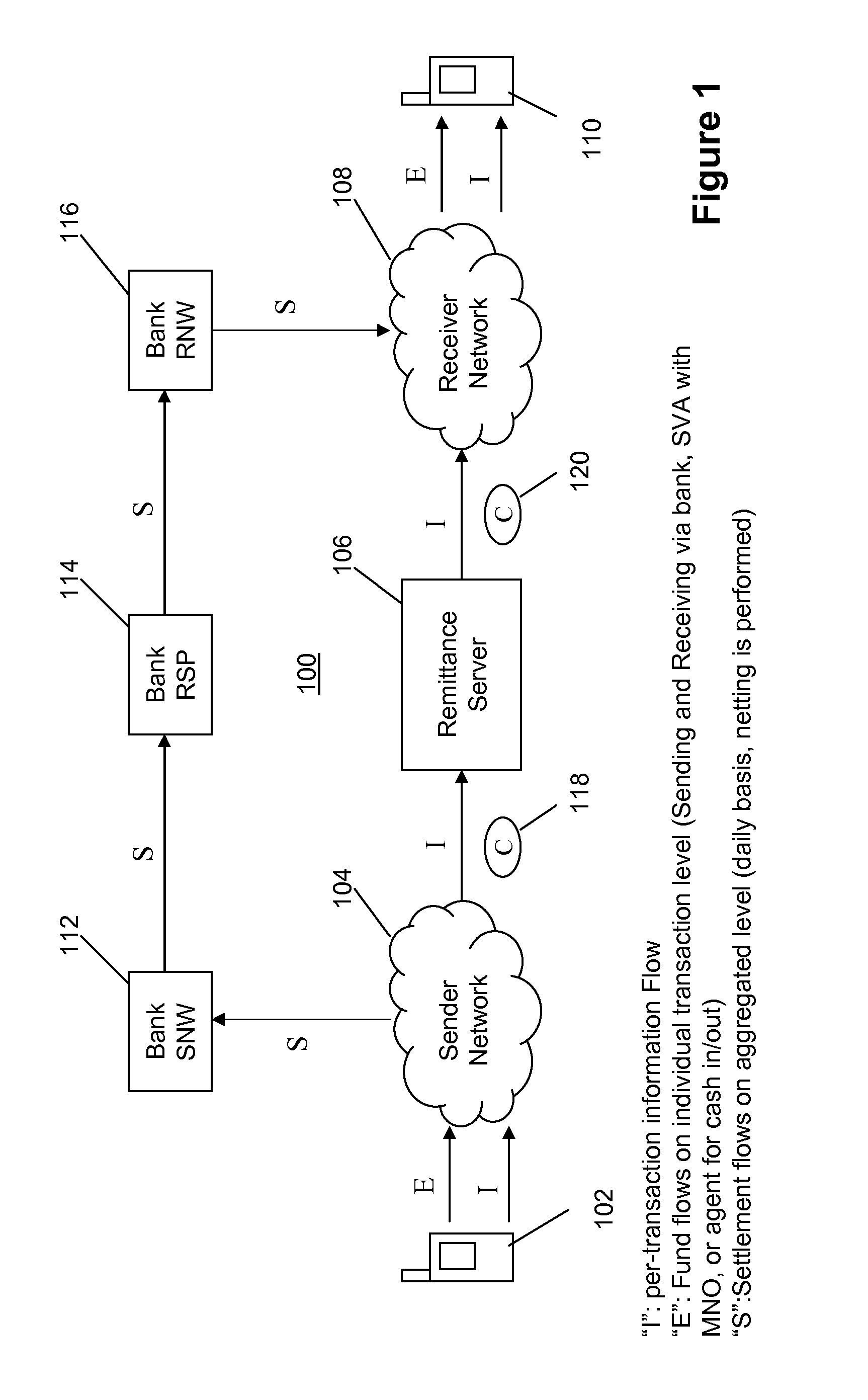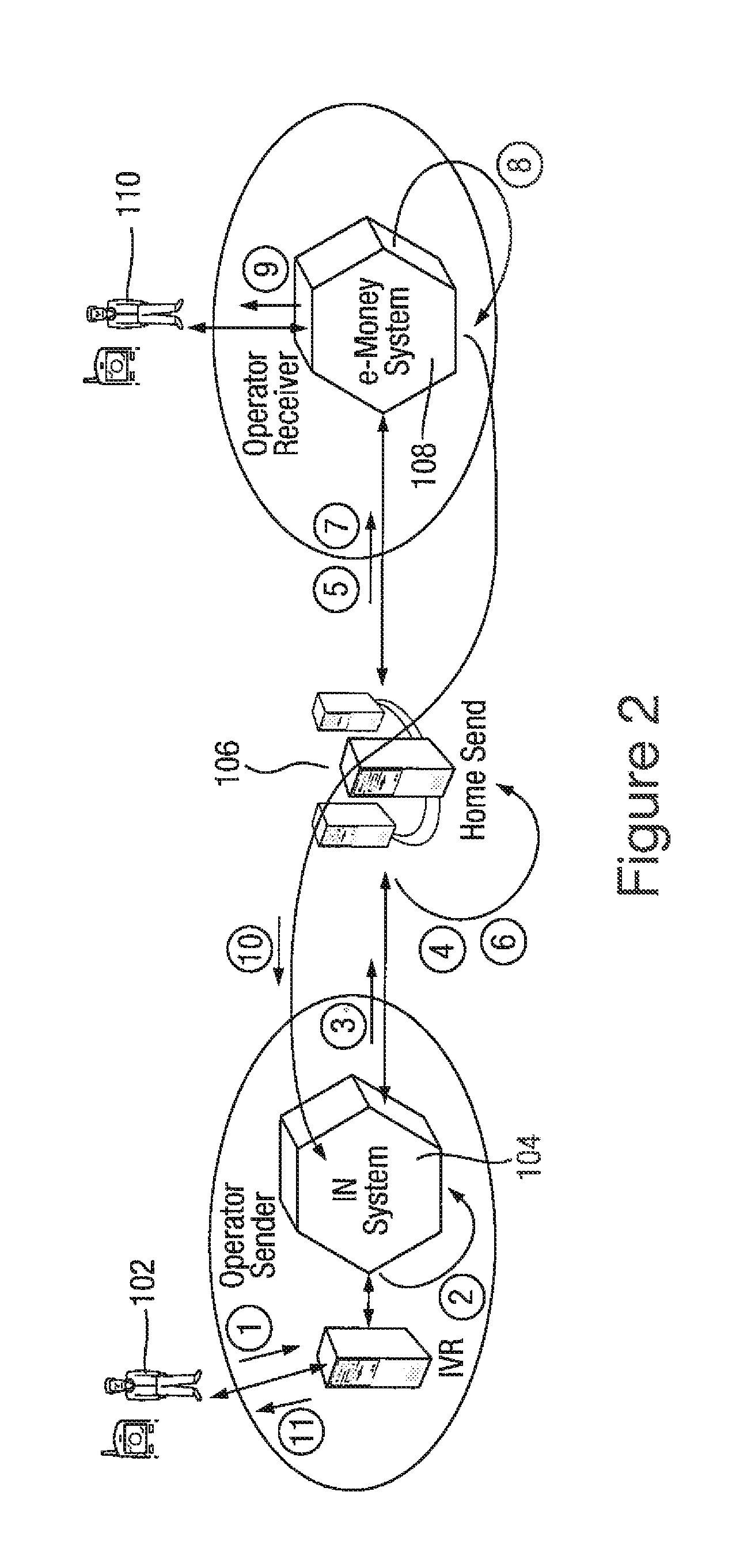Transaction processing system and method
a technology of transaction processing and system, applied in the field of transaction processing system and method, can solve the problems of cumbersome transaction processing and banking system, inability to process high volume of transactions, and inability to meet the needs of high-volume transactions
- Summary
- Abstract
- Description
- Claims
- Application Information
AI Technical Summary
Benefits of technology
Problems solved by technology
Method used
Image
Examples
Embodiment Construction
[0160]A detailed example of a remittance system in accordance with one embodiment will now be described. The example embodiment will also be referred to as the “HomeSend” system. This description is based in part on a requirements / feature specification for the HomeSend system. Any statements implying that certain features are required or essential relate to the specific embodiment only and are not intended to suggest that such features are required or essential features of the invention generally.
[0161]The international remittance market is growing steadily and is thought in many cases to exceed aid and foreign direct investment. Flows reached 320 billion dollars in 2006 and are estimated to grow to 700 billion dollars by 2012. This reflects increased international migration and globalization. The highest sending countries are typically Middle Eastern countries, the US and the UK. The top 10 receiver countries make up around 45% of the market. Over 50% of remittances are though to o...
PUM
 Login to View More
Login to View More Abstract
Description
Claims
Application Information
 Login to View More
Login to View More - R&D
- Intellectual Property
- Life Sciences
- Materials
- Tech Scout
- Unparalleled Data Quality
- Higher Quality Content
- 60% Fewer Hallucinations
Browse by: Latest US Patents, China's latest patents, Technical Efficacy Thesaurus, Application Domain, Technology Topic, Popular Technical Reports.
© 2025 PatSnap. All rights reserved.Legal|Privacy policy|Modern Slavery Act Transparency Statement|Sitemap|About US| Contact US: help@patsnap.com



